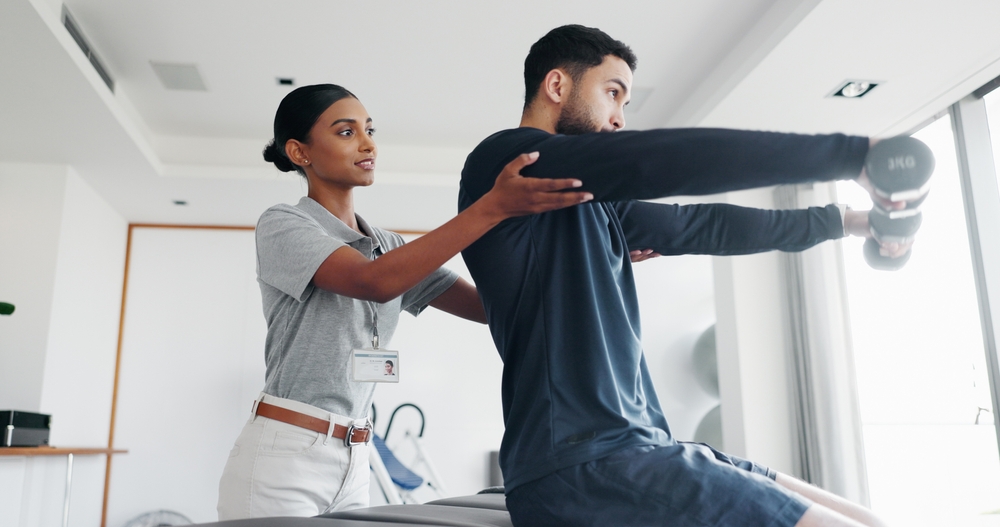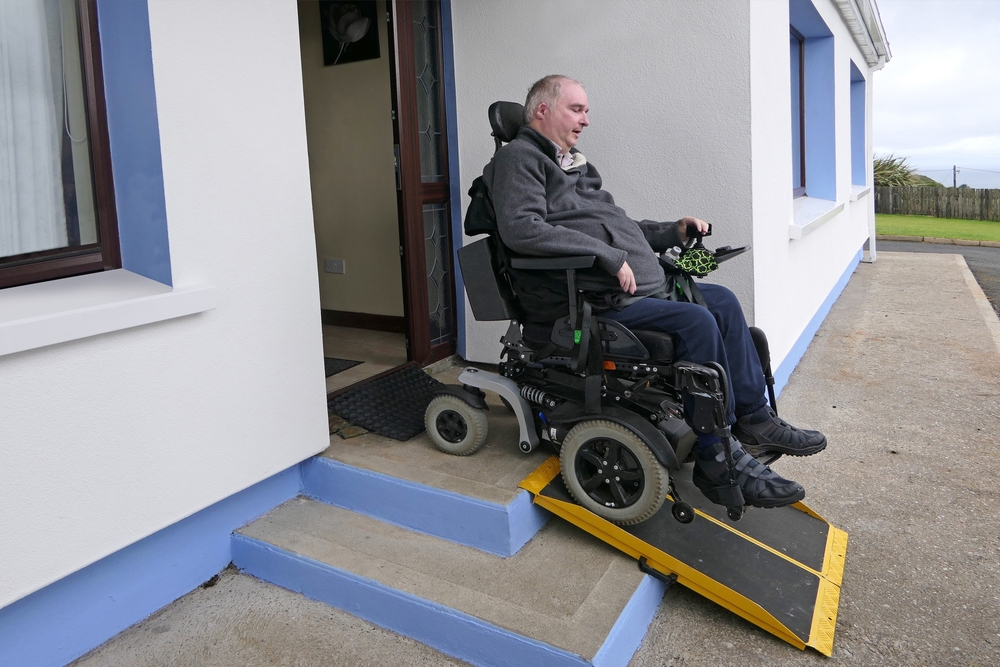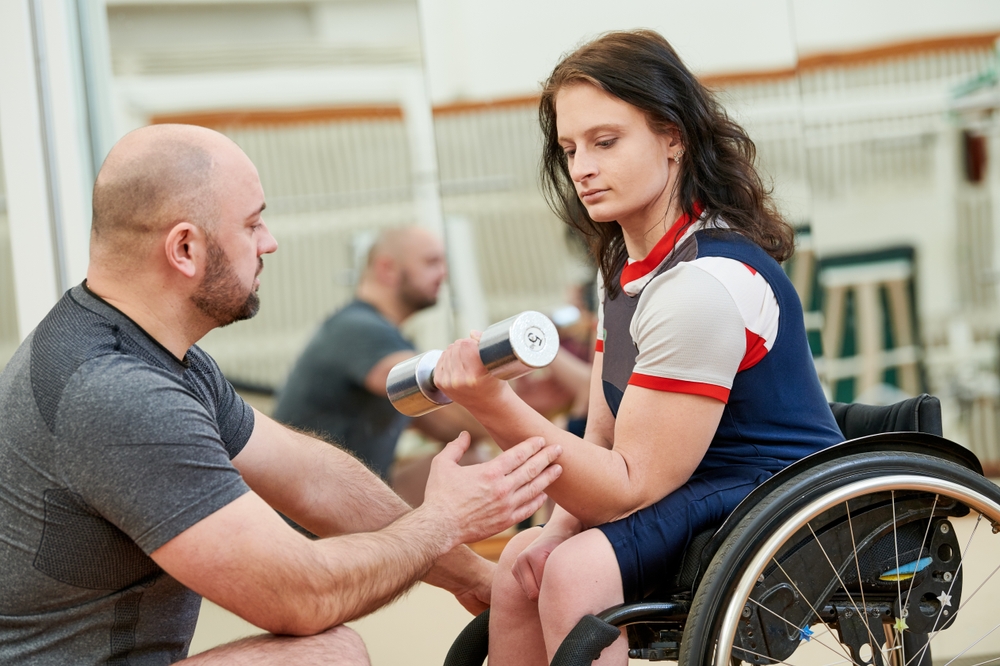Make an Appointment
Choosing the “best” allied health therapy is about finding what best fits your needs and goals. This article explores how different allied health services support recovery, when to use each, and how they work together to achieve better outcomes.
If you’re new to the world of allied health, you might be wondering: What therapy is best? Should I see a physio, or do I need an OT? Is speech therapy only for kids? Where does Exercise Physiology fit in?
The truth is, the best allied health therapy depends on the person, the goal, and the context. Rather than a hierarchy, allied health is a collaborative web of disciplines, each supporting different aspects of physical, cognitive, emotional, or social health.
In this guide, we’ll walk you through the key services offered by Physio Inq: Physiotherapy, Occupational Therapy, Exercise Physiology, and Speech Pathology. You’ll learn when each is most helpful, how they complement each other, and why combining therapies often leads to the strongest outcomes - especially under the NDIS.

What Determines the Best Allied Health Therapy?
There’s no one-size-fits-all answer. The “best” therapy is the one that helps a client achieve their functional goals, improve quality of life, and live more independently. What works for a 4-year-old with sensory sensitivities might be very different from what helps a 72-year-old recovering from a fall.
Here are key factors that influence therapy choice:
- Age and development (infants, children, adults, older adults)
- Diagnosis and medical background
- Functional challenges (mobility, speech, self-care, cognition)
- Personal goals and lifestyle
- NDIS plan or funding structures
- Cultural background and support system
Real examples:
- A child with autism may benefit most from a mix of Speech Therapy (for communication), Occupational Therapy (for routines and sensory processing), and later Exercise Physiology (to build confidence and body awareness).
- An adult with multiple sclerosis might require Physiotherapy (for balance), OT (to adapt their home), and EP (to preserve strength and stamina).
- Someone recovering from a stroke may need all four services to regain independence.
Ultimately, the best therapy is goal-led, not diagnosis-led. Allied health clinicians assess, trial, and adapt based on real-world function, not just paperwork.
Learn how NDIS goals shape therapy supports

What are the Benefits of a Multidisciplinary Therapy Plan?
Rather than relying on a single therapist or service, many clients achieve stronger and more sustainable outcomes through a multidisciplinary care model. This approach involves a team of allied health professionals working together to support the client across different areas of life, from physical recovery and emotional regulation to social participation and communication.
Why multidisciplinary therapy works:
- Specialisation without isolation: Each therapist focuses on their specific area of expertise, but they coordinate and collaborate with others to avoid siloed care.
- Faster progress toward goals: When multiple therapies reinforce one another, clients often reach milestones more efficiently. For example, improved mobility (via Physio) can fast-track OT goals like showering independently.
- Holistic support: A person is more than their diagnosis. Multidisciplinary care treats the whole person: body, brain, habits, home life, communication style, and motivation.
- Greater continuity: When therapists work within one provider (like Physio Inq), communication is smoother. Progress is tracked across disciplines, and care plans are aligned.
- Reduced overwhelm for clients and families: Instead of juggling multiple providers, reports, and funding justifications, clients benefit from a single, coordinated system.
Common multidisciplinary combinations:
- OT + Physio: For clients with physical and functional challenges
- Speech + OT: For children with developmental delays or ASD
- EP + Psych or OT: For fatigue, mental health, or chronic pain
- Speech + Physio: In neurological rehab (e.g., post-stroke swallowing and mobility)
- Physio + EP: In musculoskeletal recovery or injury prevention for active clients
Example: NDIS participant with dual goals
Client Goal: "I want to return to my community group and cook for myself again."
- OT helps with kitchen safety, daily routines, and any required assistive tech
- Physio improves strength and confidence to walk without falls
- EP builds stamina so the client can stand longer and walk to the group
- Speech Pathologist supports communication in group settings and safe swallowing during meals
When therapists share progress reports, goal updates, and session insights, it ensures therapeutic alignment, everyone’s working from the same playbook.

What are popular Allied Health Services?
Physiotherapy
Supports movement, mobility, and physical recovery. Best for:
- Injury recovery (sprains, fractures, post-surgery)
- Neurological rehab (stroke, MS, cerebral palsy)
- Balance, posture, and fall prevention
- Pain management (chronic or acute)
- Joint conditions (arthritis, hypermobility)
Occupational Therapy
Improves ability to perform everyday tasks. Best for:
- NDIS functional assessments and reports
- Home safety, equipment, and environmental modifications
- Sensory regulation and executive functioning
- Routine building and community access
- Developmental support for children and teens
Exercise Physiology
Targets long-term health through movement and behaviour change. Best for:
- Chronic disease management (diabetes, COPD, heart conditions)
- Fatigue and mental health rehab
- Fitness goals for people with disabilities
- Strength and endurance building
- Recovery from deconditioning
Speech Pathology
Improves communication, feeding, and social interaction. Best for:
- Children with speech delays or ASD
- Adults post-stroke or with progressive neurological disorders
- Swallowing (dysphagia) and mealtime safety
- Voice disorders
- Literacy, fluency, or AAC support
Explore Physio Inq's full list of Allied Health services

What “Top of the Tree” Therapy Looks Like
When allied health services work in isolation, it can lead to fragmented care and slow progress. But when integrated care is done well, it’s like building a strong tree: the goals at the top are supported by coordinated actions across multiple branches below.
What is integrated allied health care?
Integrated care means that different allied health disciplines: like Physiotherapy, Occupational Therapy, Exercise Physiology, and Speech Pathology, work together under a shared framework of client goals. Instead of operating independently, therapists meet regularly (or share notes) to coordinate their efforts, streamline recommendations, and adjust their strategies based on what the client needs most.
This is particularly important for NDIS participants and clients with complex needs, where functional progress may depend on overlapping improvements across different areas: physical, emotional, cognitive, and social.
The “Top of the Tree” approach explained:
Imagine a tree where:
- The top branches represent the client’s long-term life goals
- The trunk is a lead therapist or a coordinating team who helps guide care
- The roots and branches are the different therapy disciplines supporting the foundation and spreading upward
Rather than working on disconnected therapy plans, each therapist is pulling in the same direction: toward independence, participation, and better quality of life.
Real-life example: Integrated therapy in action
Client Profile:
A 32-year-old woman with a spinal cord injury. Her goal is to live more independently, rejoin her local music group, and eventually return to part-time work.
Integrated therapy plan:
Occupational Therapist (OT):
- Leads goal setting and functional assessment
- Recommends home modifications (e.g., wheelchair-accessible kitchen)
- Builds ADL (activities of daily living) skills like cooking and self-care
- Works with employer for phased return to work
Physiotherapist:
- Focuses on mobility, strength, posture, and pressure relief techniques
- Provides advice on safe transfers and joint support
- Helps prevent secondary complications like shoulder strain or deconditioning
Exercise Physiologist (EP):
- Designs a long-term conditioning program to improve endurance and cardiovascular health
- Supports mental health through structured, supervised movement
- Tailors exercises to align with OT and Physio goals
Speech Pathologist:
- Supports communication and confidence in social settings (especially if neurological involvement is present)
- Assists with cognitive-linguistic therapy if memory or sequencing tasks are affected
Together, these clinicians build a seamless rehab plan, not just for physical gains, but for social, emotional, and vocational goals too.
Integrated care means your goals show up in every session, with every therapist working together, they're not just words in a file.
Why integrated care matters for NDIS participants
For NDIS participants, funding is often tied to goals rather than just disciplines. Integrated care ensures that:
- Therapy outcomes are clearly linked to NDIS reporting
- Service providers are working from the same plan
- Clients and carers aren’t overwhelmed with conflicting advice
- Reports and reviews are more consistent and compelling
It also prevents service duplication - something the NDIS is careful to avoid.
Learn how NDIS supports coordination and integrated care

Frequently Asked Questions (FAQs)
How do I know which therapy to start with?
Talk to your GP, support coordinator, or request an initial assessment from a provider like Physio Inq. OTs often play the lead role in identifying functional needs across multiple areas.
Can I access multiple therapies under the NDIS?
Yes. Most NDIS plans include funding across Capacity Building categories (Improved Daily Living, Health and Wellbeing, etc.) which can be used for different therapies based on your goals.
Is there a benefit to using one provider for all services?
Definitely. When you access multiple disciplines through a single provider, therapists can communicate easily, work toward shared goals, and avoid duplication.
Do therapies overlap?
Some skill areas do overlap (e.g. core strength or social skills), but each discipline brings unique approaches. Collaboration avoids confusion and improves results.
Can I change therapies later?
Absolutely. Therapy plans are flexible and should evolve as your needs and goals change.

Final Thoughts
The best allied health therapy is about building the right mix of supports that work for your life.
When allied health professionals collaborate, clients achieve more. From improving physical mobility to boosting confidence and communication, combining services like Physiotherapy, Occupational Therapy, Exercise Physiology, and Speech Pathology creates momentum and clarity.
Whether you're navigating a new diagnosis, adjusting an NDIS plan, or looking for better outcomes, a multidisciplinary approach can unlock faster, stronger progress.
Next Steps:
Call 1300 731 733 or book online for personalised allied health therapy through Physio Inq.
You can also:
- Browse more articles on NDIS and therapy
- Explore our full Allied Health service offering
- Share this blog with your support coordinator
- Reach out for a team-based care plan to suit your funding and goals

Date Published: Thursday, June 19, 2025
Locate a Exercise Physiology
Service Near me
Get the experience & convinence you deserve to support your or a loved one's allied health needs.
Our Exercise Physiology team are currently serving & taking appointments in the following states and regions in Australia:
Need to get into direct contact with ur Client Services team? We're all ears. Call our team directly on 1300 731 733






